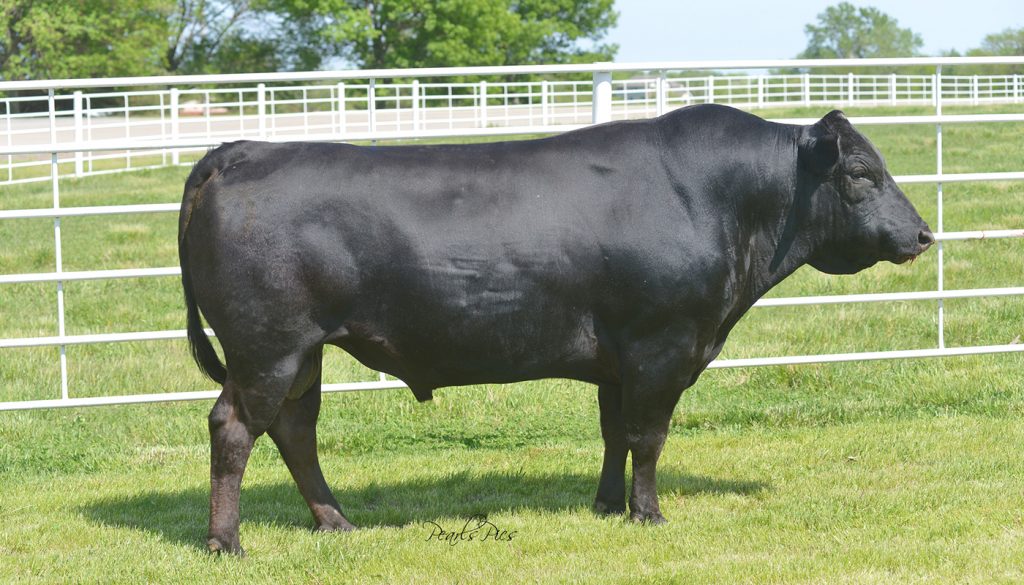
The Wagyu cattle breed are a breed name that is currently taking the world by storm for their melt-in-your-mouth beef. It is also been making headlines on the very costly price of the beef which along with the melt-in-your-mouth texture and incredible delicate butter flavor of the meat it is also said to be quite a bit healthier than most other red meat.
WAGYU CATTLE BREED OF CATTLE QUICK PROFILE OVERVIEW
|
|
|---|---|
| Wagyu cattle are prized for the amazing quality of well-marbled melt in your mouth beef and although quite expensive is causing quite a stir in the beef marketplace. | |
| Country of Origin: | Japan |
| Other Names: | Japanese Brown, Japanese Black, Japanese Poll, and Japanese Shorthorn |
| Main Purpose: | Meat |
| You may Also Like: | 35 Best Cattle Breeds for Milk – Dairy Cattle |
| You may Also Like: | 47 Best Cattle Breeds for Meat – Beef Cattle |
| Can be used for | Breed, Meat |
| Ideal Climate: | Heat, Cold, Most Climates |
| Conservation Status: |
Not Listed by the *ALC Status/Rarity: Not at risk |
| Health Issues? | No known health issues |
| Good Starter Cattle? | Novice to intermediate Cattle farmer/keeper level |
| Cattle Associations: | British Wagyu Breeders Association, American Wagyu Association, Texas Wagyu Association, and Australian Wagyu Association |
| Cattle Clubs: | Please refer to the British Wagyu Breeders Association, American Wagyu Association, Texas Wagyu Association, and Australian Wagyu Association for more information about Wagyu cattle |
| Where to buy them? | Please refer to the British Wagyu Breeders Association, American Wagyu Association, Texas Wagyu Association, and Australian Wagyu Association for more information about Wagyu cattle |
| Child Friendly? | Livestock should not be left unattended around unsupervised children |
| General Information: |
There are four varieties of the Wagyu beef cattle. Namely the Japanese Brown, Japanese Black, Japanese Polled and Japanese Shorthorn. Their meat has an incredible marbling effect which is the slivers of fat that is trapped between the beef. These melt at a lower temperature and seep into the meat for tenderness and delicate taste. The increased marbling of the meat increases the monounsaturated to saturated fats ratio in the meat. They are also genetically predisposed to have a higher percentage of omega3 and omega-6 fatty acids in their meat than most other breeds. There is a myth that the Wagyu breeds meat is so soft tender and juicy is because the cattle are massaged every day and are fed of beer to improve the tenderness of the meat. This is not a fact and is actually not true and said to be the result of a misunderstanding. |
| Note: *ALC stands for American Livestock Conservancy | |
PHYSICAL CHARACTERISTICS |
||||||||||||||||||||||||||||||||
|---|---|---|---|---|---|---|---|---|---|---|---|---|---|---|---|---|---|---|---|---|---|---|---|---|---|---|---|---|---|---|---|---|
| The cattle are of medium to large frame and have a solid muscular build. Their faces are long and rectangular with a straight profile. They come in four different varieties with the Japanese Black being responsible for about 90% of the varieties. They have long legs and medium sized alert ears their bodies are mostly one color. | ||||||||||||||||||||||||||||||||
| Size: | Medium to large | |||||||||||||||||||||||||||||||
|
||||||||||||||||||||||||||||||||
COW BREEDING & MILKING INFORMATION |
|
|---|---|
| Most Cattle produce milk but not all of them are used in the dairy Cattle capacity for their milk. Cows only calve once a year and should have 12 to 14-month inter-calving cycle. They are no used for their milking abilities and their milk is used purely for their calves. They make great mothers with good motherly instincts and easy birthing with little to no birthing problems | |
| Breeding Period/cycle: | Usually lasts 6 to 24 hours Most ave. 12 to 16 hours Cows usually come on heat every 21 days. |
| Estrous cycle: | Ave. 17 days to 24 days Heifer – usually ave. 20 days Cows – usually ave. 21 days |
| Gestation Period: | Usually, around 279 to 287 days but most gestation is 283 days. Cows that are carrying bull calf’s their gestation period is usually a little longer than cows that are carrying heifer calves. |
| No. Calves/Litter: | 1 calf at a time. Cows rarely have twins or triplets, but it can happen |
| Lactation Period: | Cows lactation period can last for up to about 10 months (305) days. |
| Milking From: | 1 to 6 weeks after Calving |
| Drying off Period: | The cow should have a 12 to 14-month inter-calving cycle. Drying off period for around 60 days before she can calve again. |
| Milk Quality: | Good |
| Milk Ideal for: | Calves |
| You may Also Like: | 35 Best Cattle Breeds for Milk – Dairy Cattle |
CATTLE MEAT PRODUCTION INFORMATION |
||||||||
|---|---|---|---|---|---|---|---|---|
| There is a lot of hype over the Wagyu beef and it is currently thought to be some of the world best beef on today’s market. It is also quite an expensive meat to buy. The Wagyu has a genetic predisposition that gives the beef a higher percentage of omega-3 and omega-6 fatty acids than any other typical beef breed. The meat also has an increased marbling ratio of saturated and monounsaturated fats. The fat has a low melting point of around 18 to 20 degrees Celsius which means that the fat basically melts at an even pace when being cooked seeping into the meat for extra flavor and tenderness. The meat is said to literally melt in one’s mouth with a delicious rich buttery flavor making it quite an eating experience. | ||||||||
| Meat Production? | Yes, Quality: Excellent | |||||||
|
||||||||
| You may Also Like: | 47 Best Cattle Breeds for Meat – Beef Cattle | |||||||
CATTLE SKIN PRODUCTION INFORMATION |
||||||||
|---|---|---|---|---|---|---|---|---|
| Most meat Cattle will have a skin by-product, and these are usually used in some form or just as a hide. They are not typically raised for their skin production, but their hides are usually a by-product of their meat production and are used in various leather products | ||||||||
| Skin Production? | By-product Quality: Good | |||||||
| Skin is used to Produce: | Calf/cow skin leather products such as shoes, car seats, fine leather coats, gloves, handbags, belts, furniture, rugs, etc. | |||||||
|
||||||||
HISTORY
The word Wagyu actually refers to all Japanese cattle as “Wa” means Japanese and “gyu” means cattle. This breed of cattle was developed by the crossing of British breeds of cattle that were brought to Japan and the native Asian cattle breeds local to the area in the 1800s. The government wanted to introduce Western food habits and culture. Most of the cattle imported from Europe were breeds such as the Brown Swiss, Devon, Shorthorn, Simmental, Korean and Ayrshire breeds.
The Wagyu breed variations in Japan are greater than most any other breed variations throughout both Europe and Britain.
There are three important black strains which are the Tajima, Kedaka, and Fujiyoshi.
The Japanese herd compromises of approximately 90% of Black cattle that are bred outside of Japan along with 10% Japanese Red cattle.
There are no Japanese Shorthorn and Japanese Polled cattle being bred outside of Japan.
The Wagyu was first brought to America from Japan in 1976 where there were two Red bull and two black bulls. They were cross bred with Angus cows and a few other Continental breeds. In 1993 the first black Wagyu female cattle were imported into America which leads to the first full-blooded Wagyu cattle to be bred in the United States.
Between 1994 and 1997 no more than 200 full-blooded Wagyu cattle were imported to the United States from Japan.
The Wagyu cattle were declared a national treasure in Japan in 1997 and as such there was a ban put on the export of Wagyu cattle or the breeding of them outside of Japan. Thus the rarity of the breed in the United States today and the high price the breeds meat can fetch.
There is an estimated 5000 head of Wagyu purebred cattle being raised domestically.
Video
USEFUL LINKS
- Purebred Dairy Cattle Association
- American Dairy Association
- National Association of Animal Breeders
- American Dairy Science Association
- United States Cattlemen’s Association
- National Cattlemen’s Beef Association
- American National Cattlewomen
- Beef Cattle Breed Associations
- National Cattlemen’s Beef Association
- Fur Commission USA
- North American Meat Institute
- American Livestock Conservancy
- Animal Shelter (ASPCA)
- American Veterinary Medical Association
- American Animal Welfare Society
- American Animal Control
- American Society of Animal Science
- United States Department of Agriculture
 Boran Cattle Breed – Everything You Need to Know
Boran Cattle Breed – Everything You Need to Know Ayrshire Cattle Breed – Everything You Need to Know
Ayrshire Cattle Breed – Everything You Need to Know Dutch Belted Cattle Breed – Everything You Need to Know
Dutch Belted Cattle Breed – Everything You Need to Know Fleckvieh Cattle Breed – Everything You Need to Know
Fleckvieh Cattle Breed – Everything You Need to Know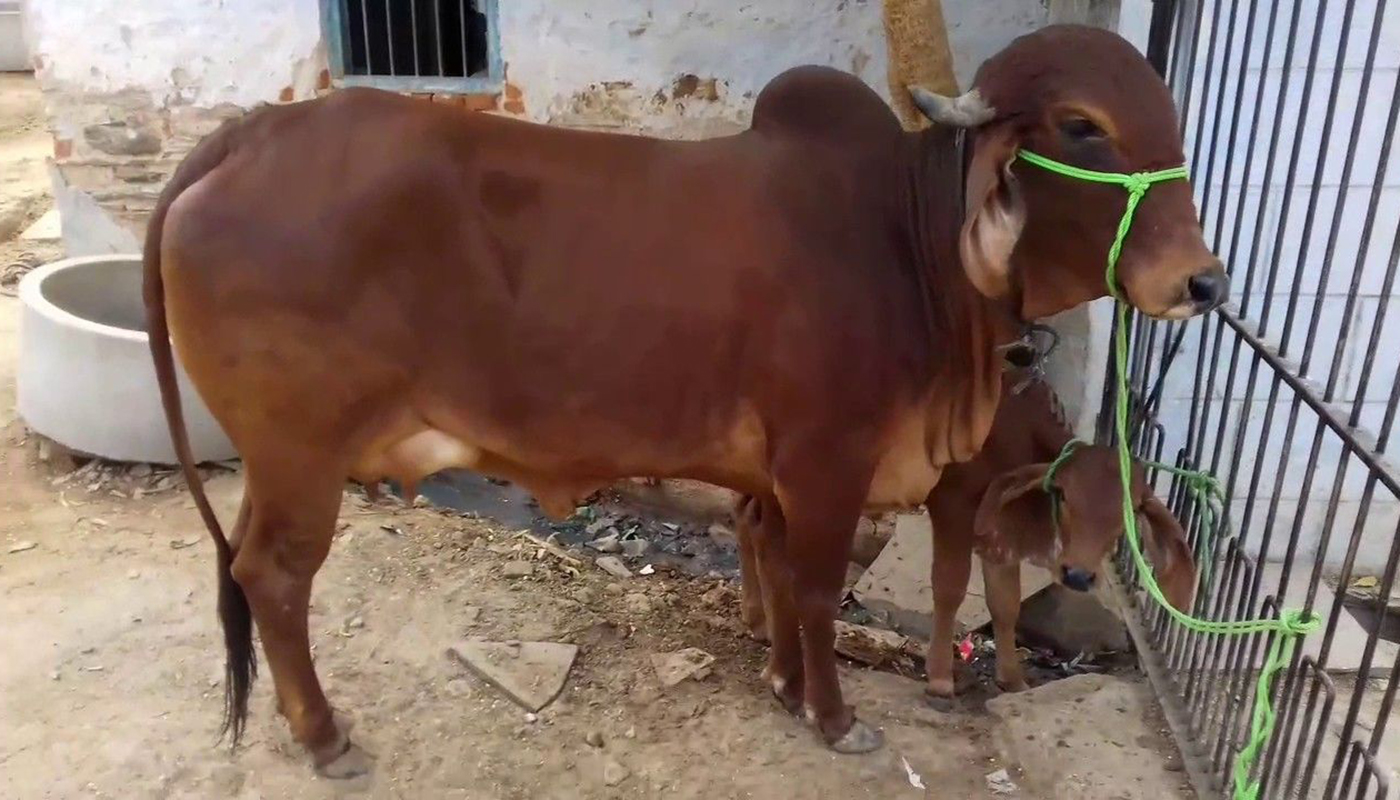 Gir Cattle Breed – Everything You Need to Know
Gir Cattle Breed – Everything You Need to Know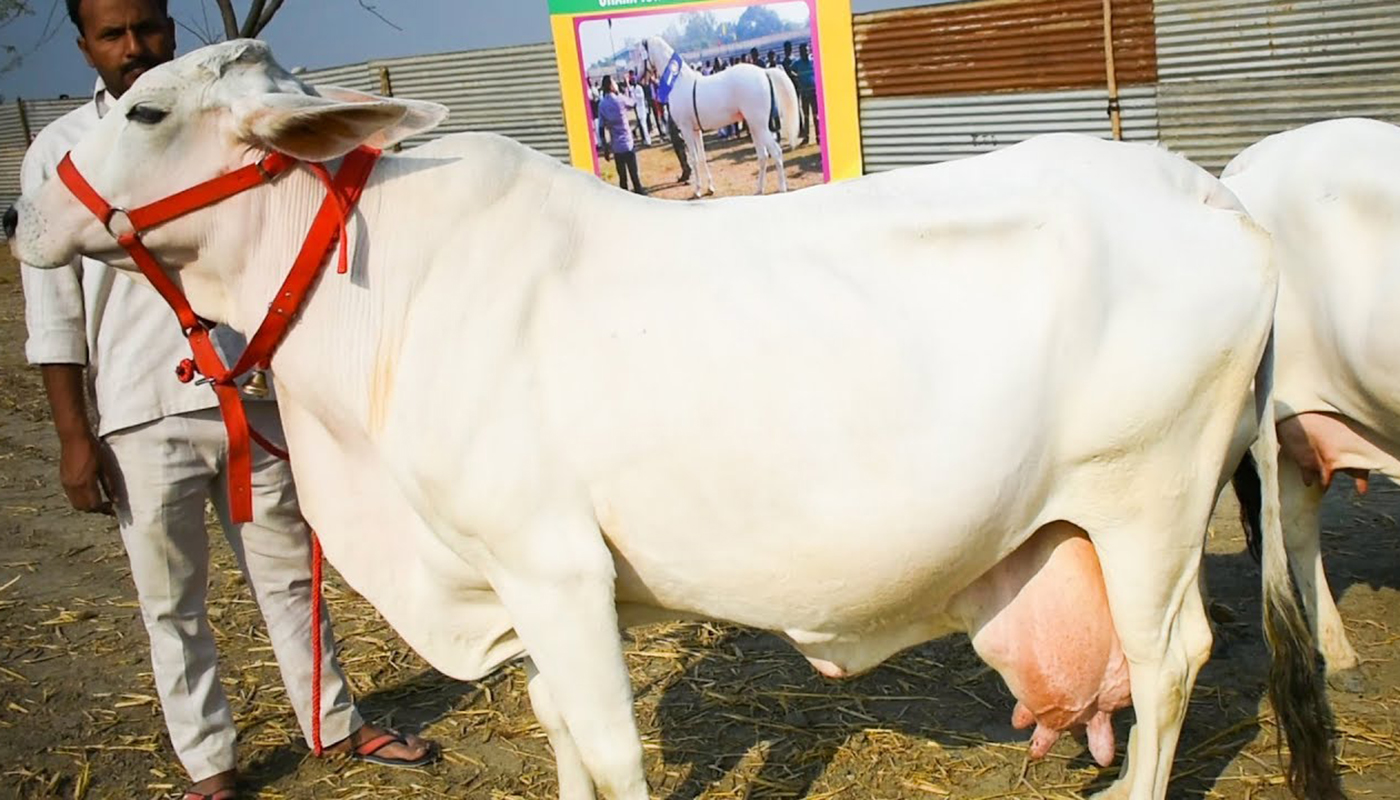 Tharparkar Cattle Breed – Everything You Need to Know
Tharparkar Cattle Breed – Everything You Need to Know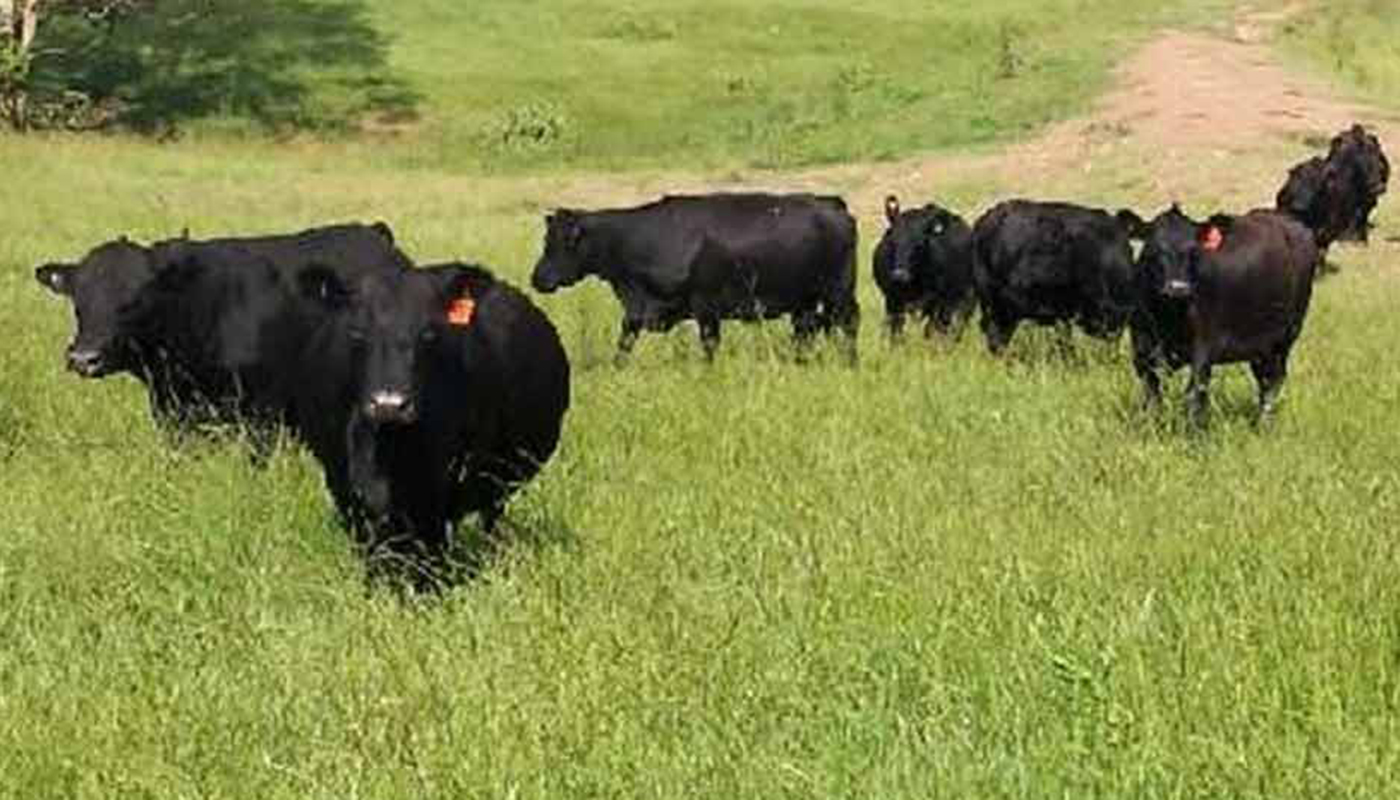 Australian Lowline Cattle Breed – Everything You Need to Know
Australian Lowline Cattle Breed – Everything You Need to Know Sahiwal Cattle Breed – Everything You Need to Know
Sahiwal Cattle Breed – Everything You Need to Know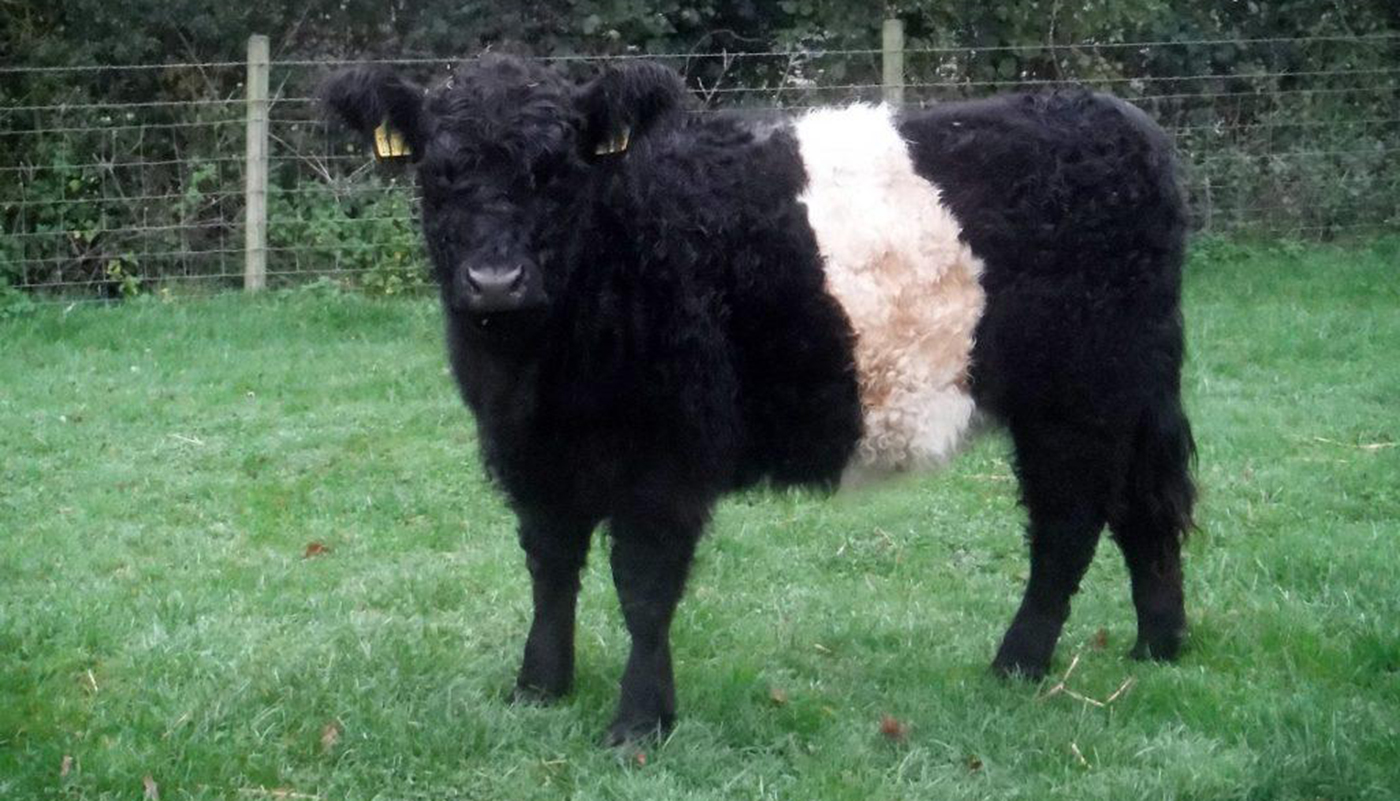 Belted Galloway Cattle Breed – Everything You Need to Know
Belted Galloway Cattle Breed – Everything You Need to Know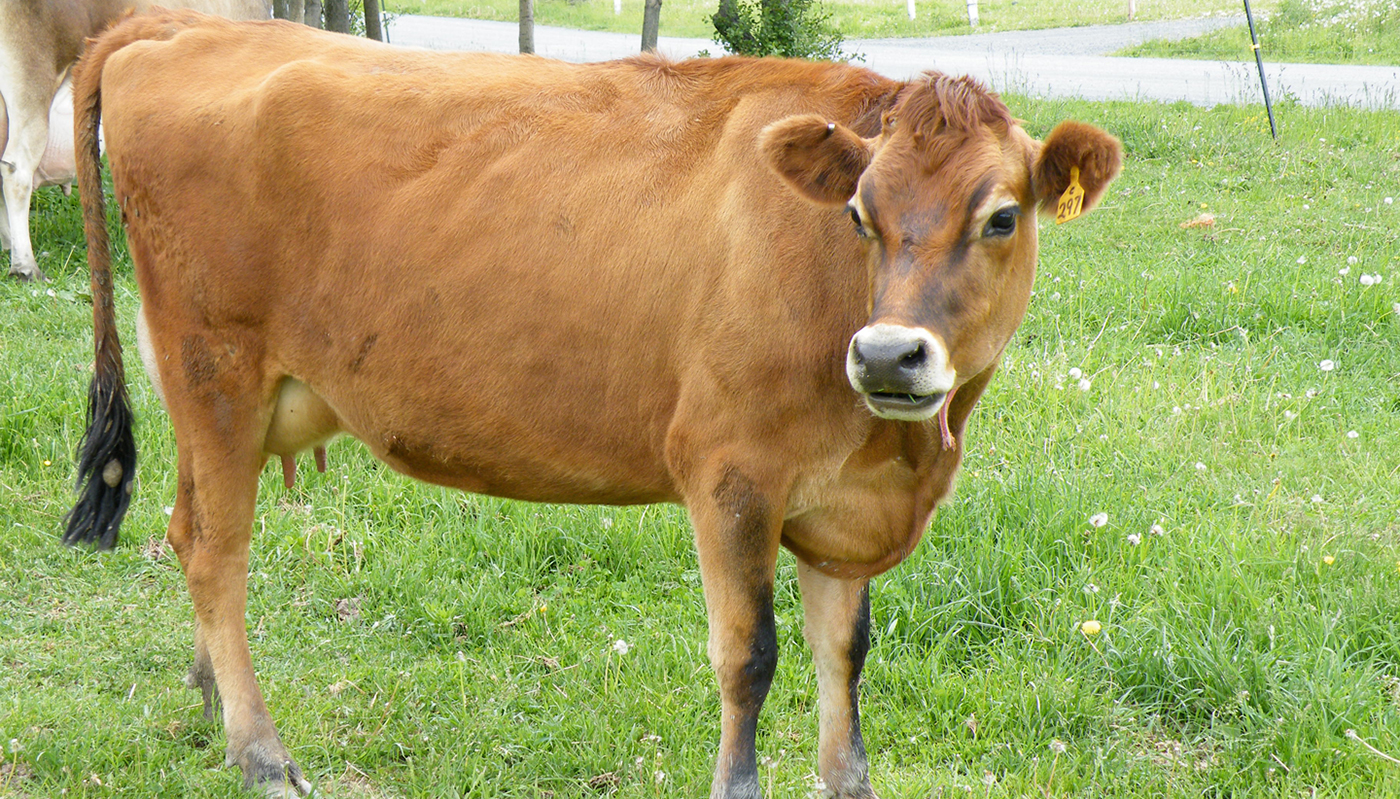 Jersey Cattle Breed – Everything You Need to Know
Jersey Cattle Breed – Everything You Need to Know Heck Cattle Breed – Everything You Need to Know
Heck Cattle Breed – Everything You Need to Know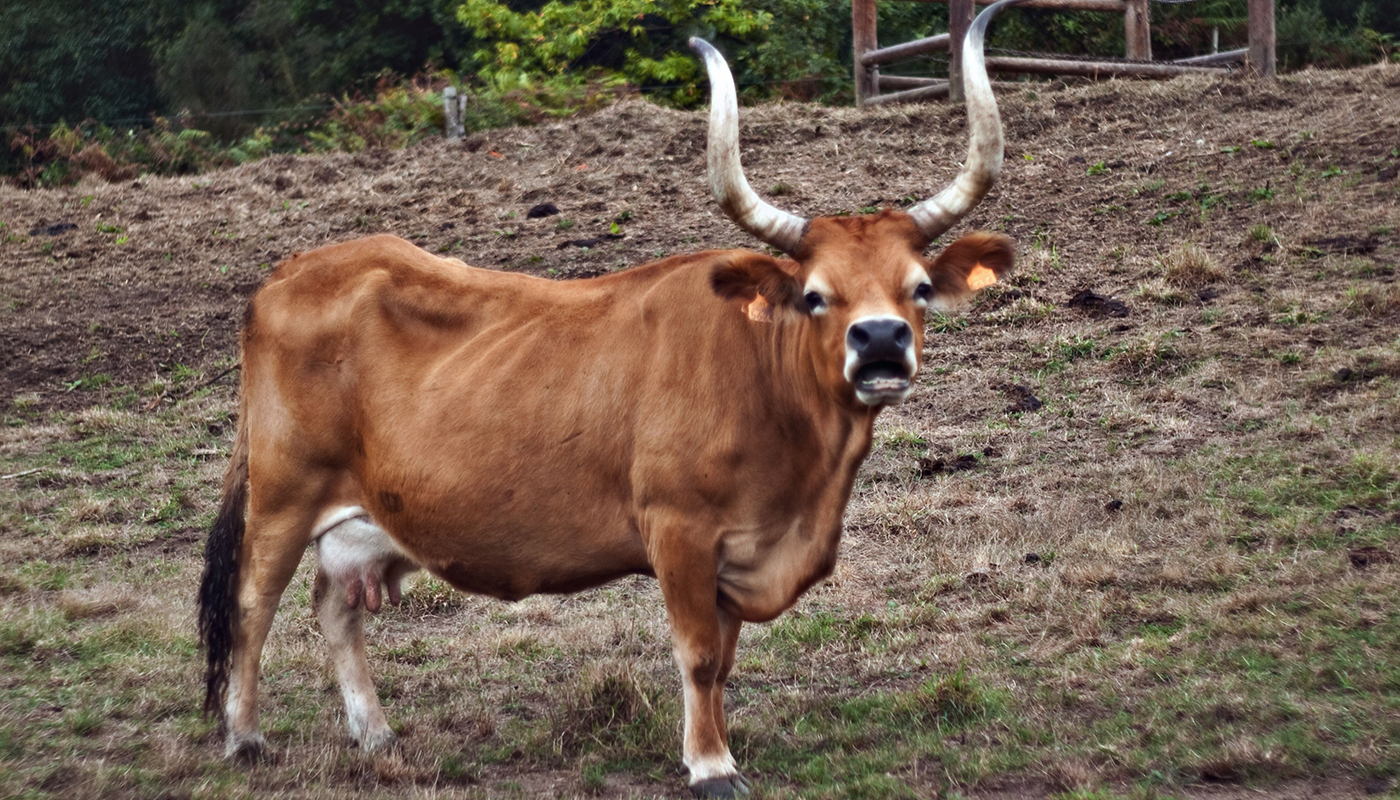 Cachena Cattle Breed – Everything You Need to Know
Cachena Cattle Breed – Everything You Need to Know